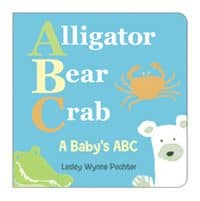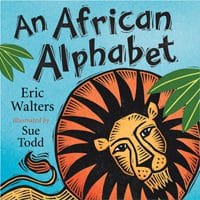Written by

Daphne Macnaughton, 1000×5 Peninsula Co-Ordinator
Most of us have shared delight with young children ending their renditions of the Alphabet Song with Now I’ve said my ABCs; next time won’t you sing with me? Or, Now I’ve sung the ABCs; tell me what you think of me! We celebrate children’s accomplishments and join in singing the song with them over and over before they truly understand its meaning or the how the associated letters are used in written form.
Alphabet books have been published in many languages for hundreds of years. This oldest of literary genres for children was originally intended as preparation for reading and writing, and to reinforce religious teachings and moralistic messages. Alphabet books evolved from the hornbooks (with letters only printed on parchment) common in Shakespeare’s day, to battledores (wooden and cardboard tablets with letters and illustrations), to booklets such as A Book for Boys and Girls/Country Rhymes for Children (1686) and A Child’s New Plaything (1742, later published as Apple Pie ABC), to the extensive range of versions now available.

A trip to a public library or local book store will reveal many variations of alphabet books suitable for reading to babies and toddlers as well as more complex books older children can explore and read independently. For the youngest children, consider these:
- A Was Once an Apple Pie (2005, Candlewick Press)
- Alligator, Bear, Crab: A Baby’s ABC (2011, ORCA Book Publishers)
- Eating the Alphabet (1989, Red Wagon Books)
- Chicka, Chicka Boom (1989, Beach Lane Books)
- Peek-a-Little-Boo (2005, ORCA Book Publishers)

- A Mountain Alphabet (1996, Tundra Books)
- A Pacific Alphabet (2011, Whitecap Books)
- Alphabetter (2007, ORCA Book Publishers)
- Animalia (1986/87, Harry N. Abrams)
- Jambo Means Hello (1974, Dial Books for Young Readers)
- The Beetle Alphabet Book (2004, Charlesbridge)
- The Extinct Alphabet Books (1993, Charlesbridge)
Please consider donating your no-longer-needed alphabet books (and other picture books) to a “1000 X 5” Project. We’ll be glad to pass them along for others to enjoy.
